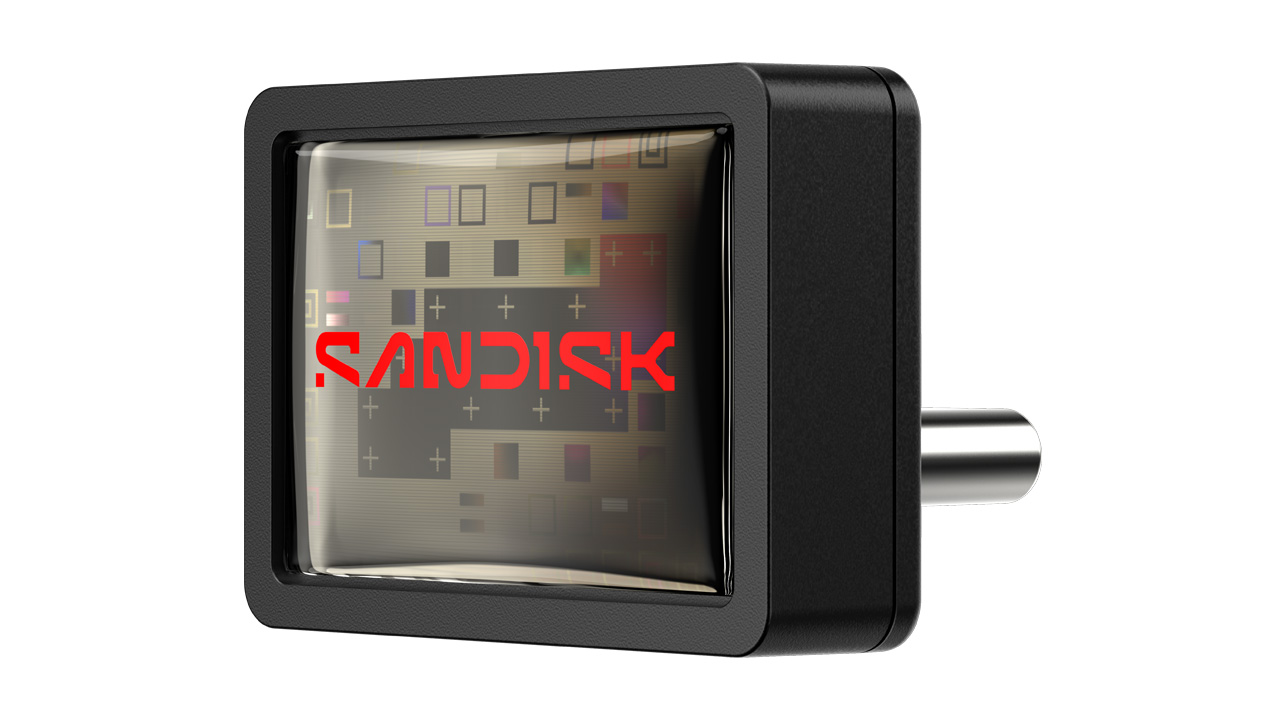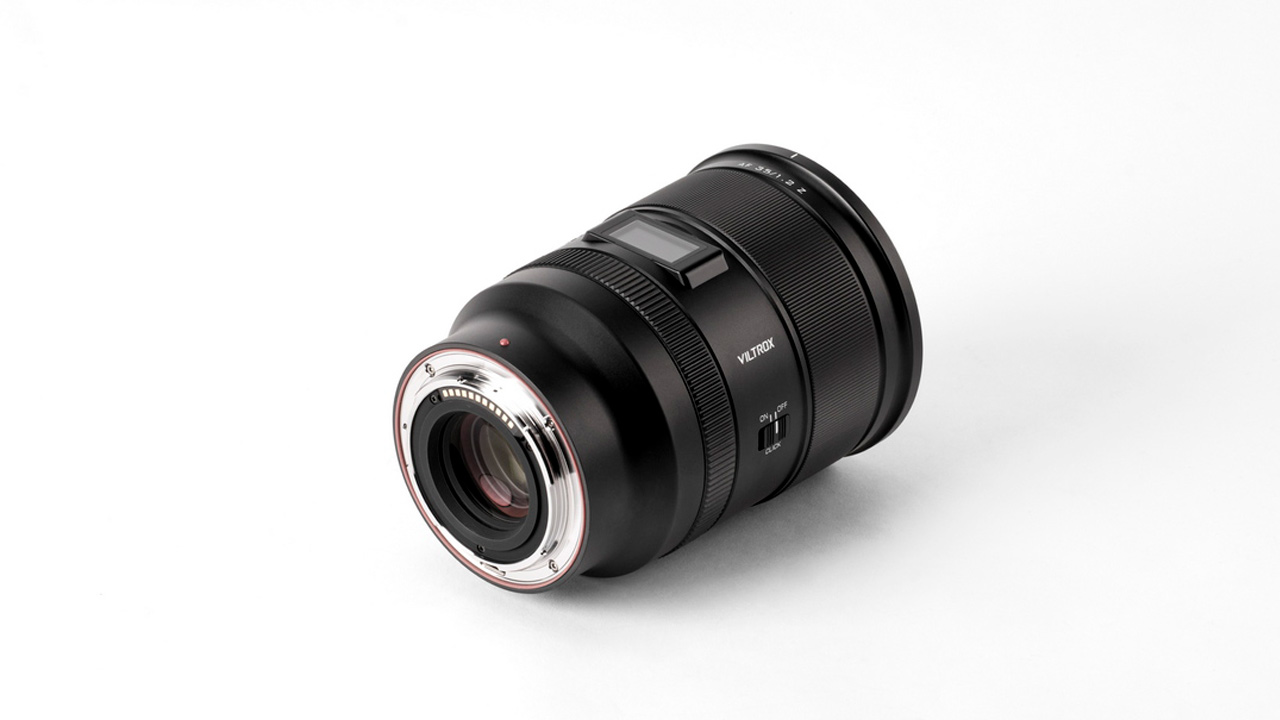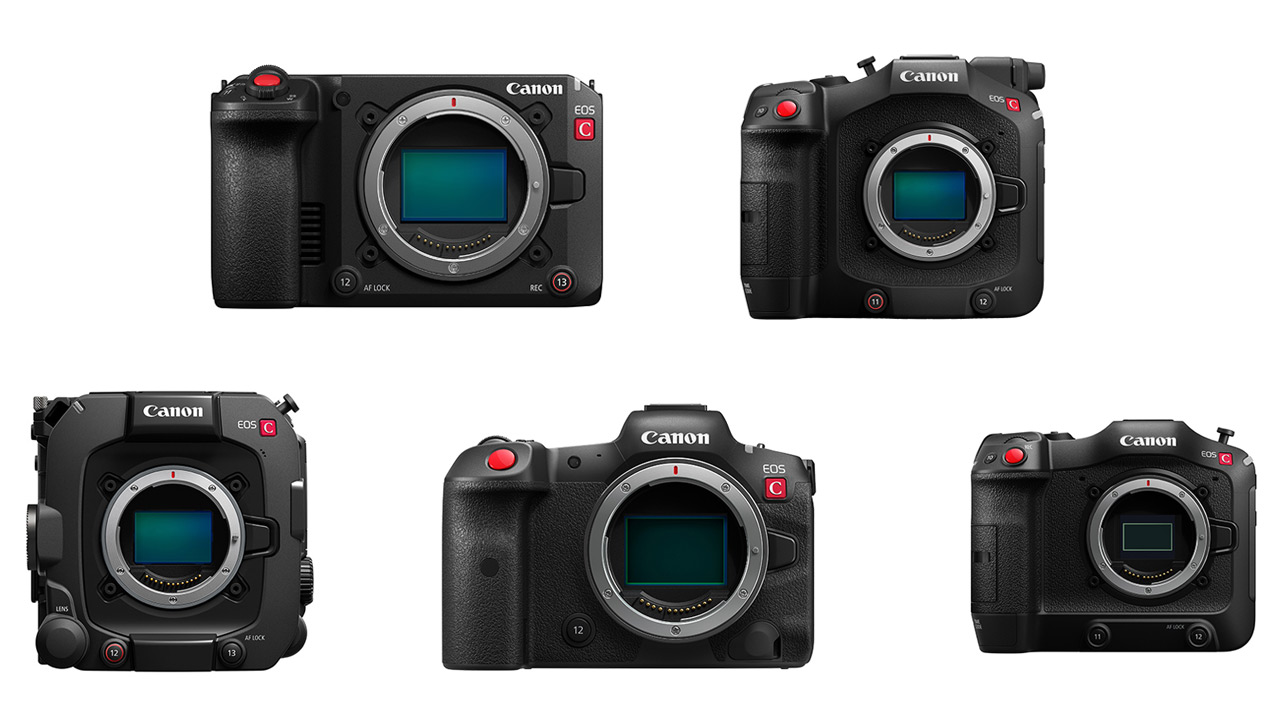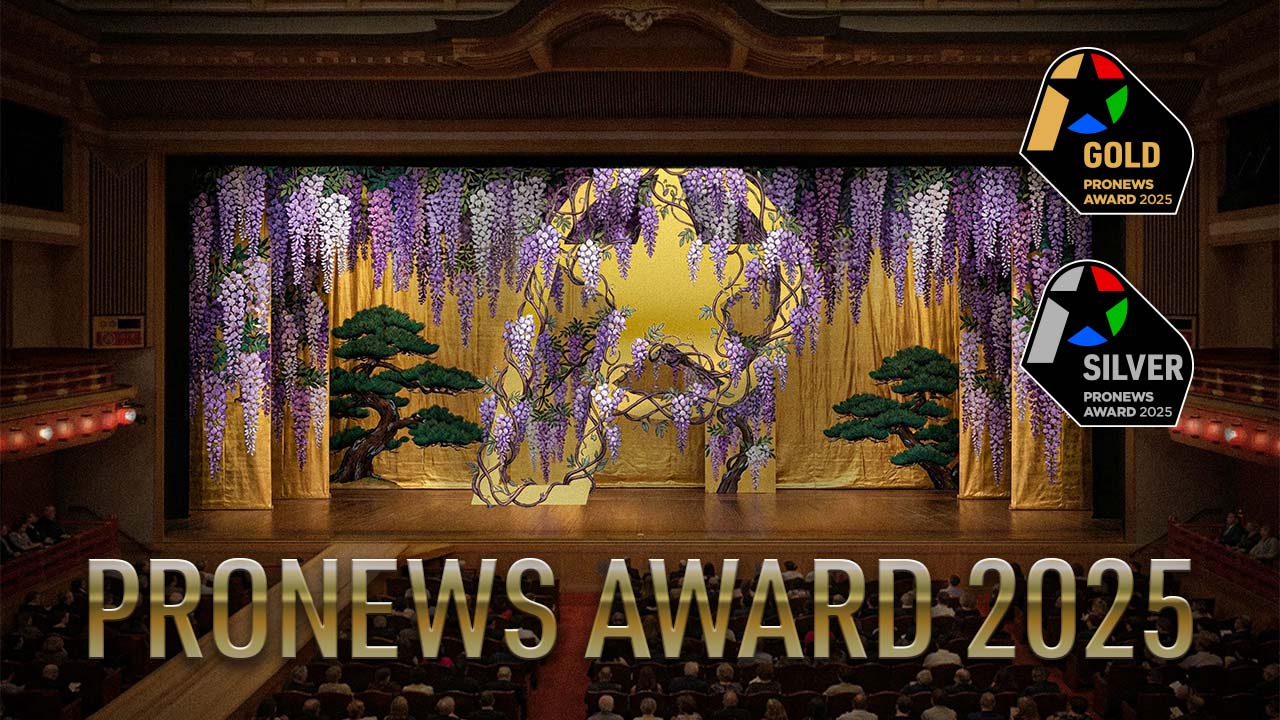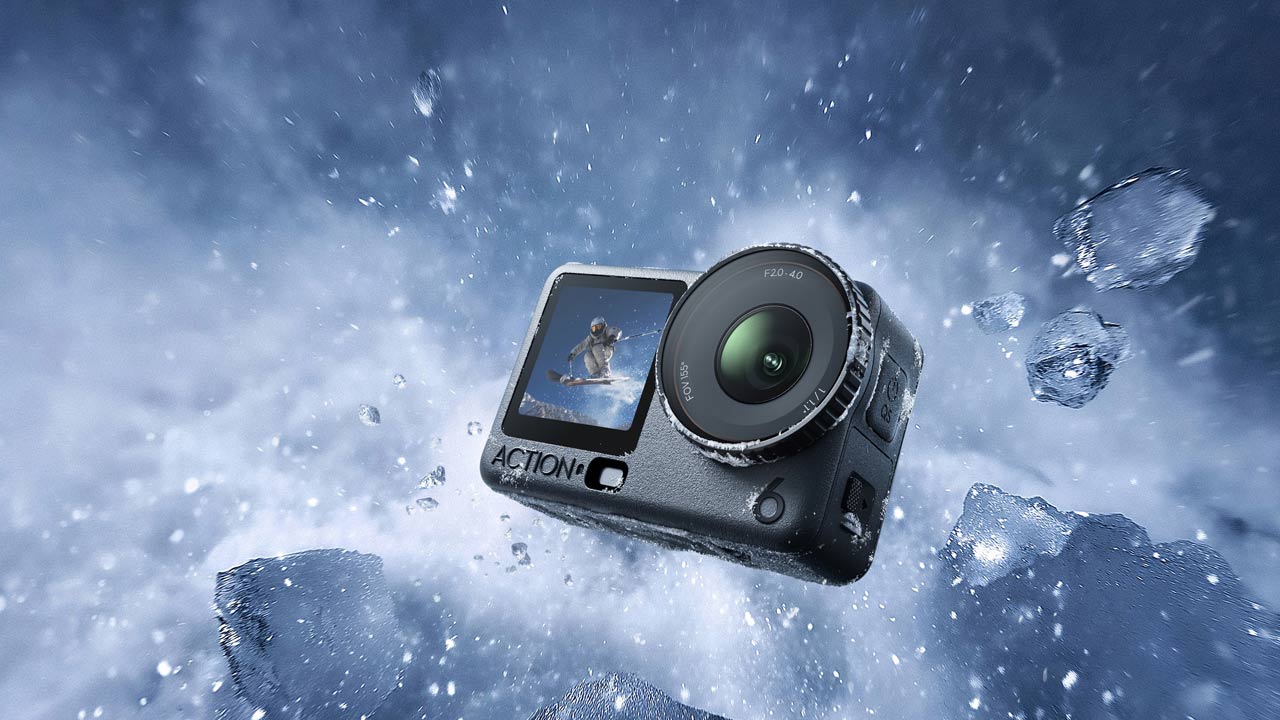
Canon will release the Canon EOS C80 6K full-frame cinema camera in November 2024. This camera with its RF mount allows for a compact, lightweight design and a wide range of image expression. The market price is listed in Japan as 896,500 yen, estimated in the USA to be $5,499.
The Canopn EOS C80 is a CINEMA EOS series cinema camera equipped with a 6K full-frame sensor. The CMOS sensor is completely the same as the EOS C400. Though its body is smaller, it is equipped with a mechanism that does not stop shooting, along with a thin built-in ND unit. The autofocus uses AF optimized for video shooting common to CINEMA EOS, which is slightly different from what is required for still images. It is equipped with Canon’s original AF system called Dual Pixel CMOS AF II, and has realized a more brushed up compact cinema camera.
Canon EOS C80 Full-Frame Sensor:

Although still image models also use back-illuminated stacked CMOS sensors, the EOS C80 sensor uses a 6K full-frame back-illuminated stacked CMOS sensor with slightly altered wiring and readout layers, making it an excellent sensor for video, with faster pixel capture speed and less noise.
Another key point is the ease of use of 6K resolution. Most projects these days are still in full HD or 4K, and when finalizing in 4K, you may wish for a little more room in the angle of view. The 6K sensor is the perfect pixel count for such 4K deliveries.
3 Base ISO including high sensitivity

The previous model, the EOS R5 C, had two Base ISO settings, but the EOS C80 supports three Base ISO settings, which was also discussed in the EOS C400. It has a mechanism that can achieve stable, high image quality covering a wide range of ISO sensitivity.
Equipped with Canon 709 and CMT 709

The Canon EOS C80 comes equipped with the “Canon 709” that is also installed in the EOS C400 for “Custom Picture”. The color tone is characterized by a clear impression with tight blacks and increased contrast in the mid-luminance range. In addition, the design places emphasis on skin tones, and faithfully reproduces subtle changes in skin color. Another setting is a film-like look imaging setting. These settings work to create the perfect look for situations where you cannot spend time on the editing process. Canon 709 will be gradually made compatible with previous CINEMA EOS models through firmware updates.
Another LUT that comes with the camera is CMT 709, which has a slightly wider dynamic range and can be used for monitoring purposes. It has a color tone that is easy to use as the first starting point of the editing process.

Mobility and reliability
This camera inherits the blood of mirrorless cameras, and uses a mechanism that consolidates the controls in the grip, a feature common to the EOS C70. The following is a sample video from our Japan team showing the motorized ND system.
Theis allows for 5-level brightness adjustment (when extended), the same as conventional CINEMA EOS cameras.
Like the EOS C70, it has a built-in ND unit in the RF mount. Brightness can be adjusted in 2-stop increments, up to 6 stops in normal mode, and up to 10 stops in extended mode.
Heat dissipation mechanism that enables non-stop recording



The EOS C80 incorporates a mechanism that keeps it running even during long periods of shooting. The air intake and exhaust vents use an independent air chamber duct structure equivalent to that of higher-end models that prevents air from directly hitting the circuit boards inside the camera. The air intake and exhaust system prevents dust and other particles from adhering to the sensor or adversely affecting the inside of the camera. It is designed to be suitable for video shooting even in relatively harsh environments.
Autofocus optimized for video shooting
The CINEMA EOS autofocus system not only provides fast, accurate, linear matching autofocus for still images, but also employs a smooth, natural focus mechanism for video shooting.
The original manual focus culture is still deeply rooted in the videography industry. CINEMA EOS aims to provide autofocus that is in tune with this type of video expression, and is characterized by its focus control that smoothly shifts to the subject, as if a human were controlling the focus.
In addition, there are many control items available, such as autofocus speed and response, autofocus operating conditions, and focusing only when a human face is detected, making it possible to realize autofocus that can be customized to suit the photographer’s intentions.
Dual Pixel CMOS AF II
The AF functions in the EOS C80 continues tracking even if the person is looking away. It employs autofocus, which has evolved in still photography. On the EOS C70, the focus detection range was limited to about 80% vertically and horizontally within the screen, but the EOS C80 is equipped with the second generation Dual Pixel CMOS AF, which enables tracking of the entire range.
In addition to detecting “people,” the camera now also supports the “torso” as a new object that will not be missed once captured, in addition to the “eyes,” “face,” and “head” of the subject that it is detecting.
In addition to detecting people as a subject, the camera can also detect animals. Although it only supports dogs and cats, it is possible to focus on and track animals.
Dual SD card slots

The interface uses two SD card slots. While CFexpress is the most popular recording media these days, the EOS C80 uses two UHS-II SD card slots. This allows for simultaneous recording for backup purposes, simultaneous recording of proxies for editing, and simultaneous recording of different formats and resolutions.
Canon EOS C80 interface
The difference with the EOS C70 is that it is equipped with an SDI output terminal, built-in Wi-Fi, an Ethernet terminal, and a multi-accessory shoe terminal. Solo style creators may not use the SDI terminal much, but it is welcome in terms of compatibility with large locations.






Remote Control
Remote control is possible via the built-in Wi-Fi or Ethernet terminal. It also supports both portrait and landscape UI. This is also the same as the EOS C400.

Key Differences between the Canon EOS C80 and the EOS C400
Finally, let’s look at the differences between the EOS C80 and EOS C400. Both cameras are equipped with the same RF mount and 35mm full-frame CMOS sensor. The ISO sensitivity, Base ISO, and ND filters are also the same. The biggest difference is the maximum frame rate, with the EOS C400 supporting 6K60P and the EOS C80 supporting 6K30P. Accordingly, there are differences in the recording media and terminal compatibility.
On the other hand, if you compare the Sony FX3 or FX6 with the Canon EOS C80, the EOS C80 supports internal RAW shooting. This is a major advantage.
Interested in Testing the Canon EOS C80?
Canon will hold the “EOS C80 Touch & Event” here in Japan. You can experience the EOS C80, which is scheduled to be released in November, at Canon Photo House in Tokyo and Osaka. Reservations are required. If you are interested, why not apply?
- Canon Photo House Ginza
Date and time: September 13th (Fri) and 14th (Sat) 11:00-17:30 (20 minutes each) - Canon Photo House Osaka
Date and time: September 20th (Fri) and 21st (Sat) 10:30-17:00 (20 minutes each)
How to reserve: Reservations open on the Canon.jp dedicated page from 10:00 on Wednesday, September 11th. Event is in Japanese.



